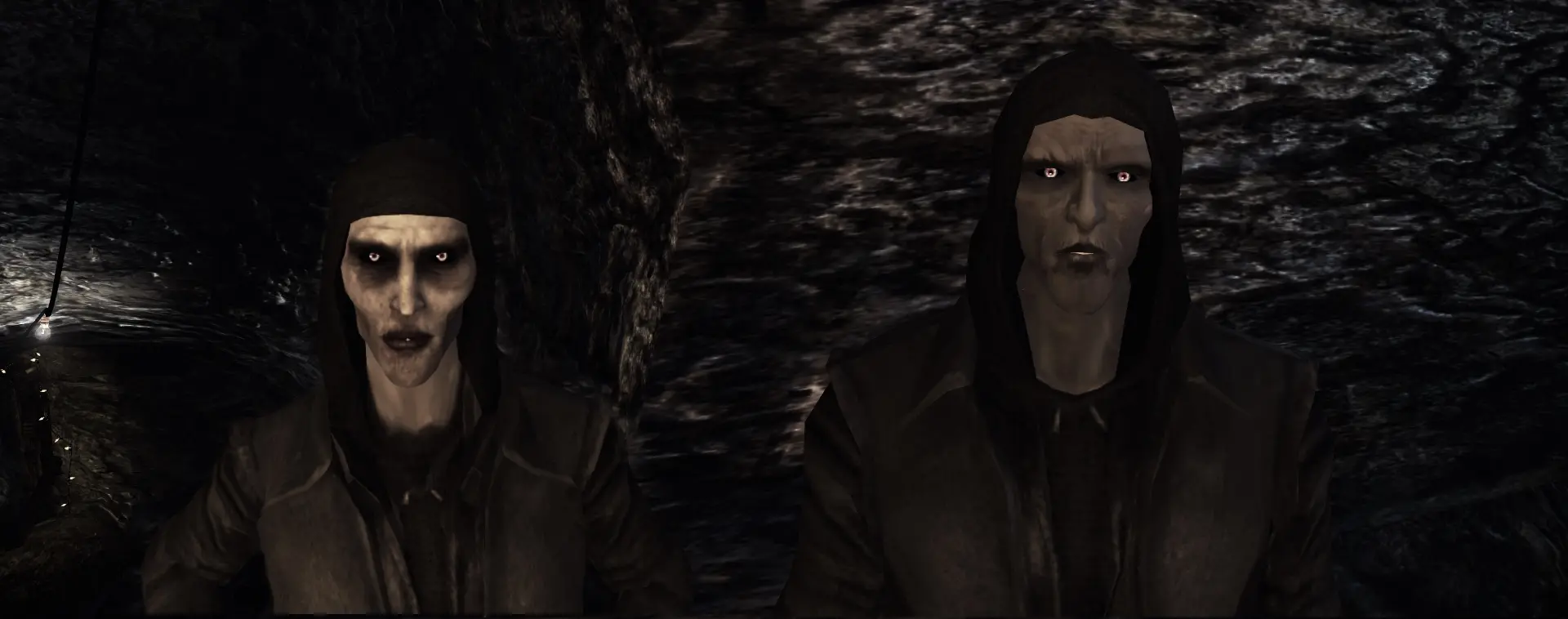

In the fashion of German Expressionism, the film relies on distorted style, bizarre sets and locations, heavy makeup and emotion, and unrealistic visuals to convey an inner turmoil. It values creepiness over fright, building an atmosphere of terror as opposed to sudden moments of shock.

Nosferatu is not horror in the modern sense. They have become the polar opposite of their origin-where Nosferatu’s Count Orlok stemmed from Victorian values of sexual repression and served as a predatorial metaphor of sexual danger, modern vampires are the picture of lustful desire wherein providing one’s own flesh to feed their urges is an act of unequivocal erotica. Before vampires became a prop everyone wants to have sex with, they were inhabitants of nightmarish environments founded upon the recesses of the human psyche. The film industry uses them as concentrations of sex and gore, a cultural shift recently defined by the Twilight films and True Blood (2008) which pushed an edgy, modern image on an ages-old construct. Modern vampires are categorically different. In his Great Movies list, Roger Ebert called Nosferatu (1922) “the story of Dracula before it was buried alive in clichés, jokes, TV skits, cartoons and more than 30 other films.


 0 kommentar(er)
0 kommentar(er)
